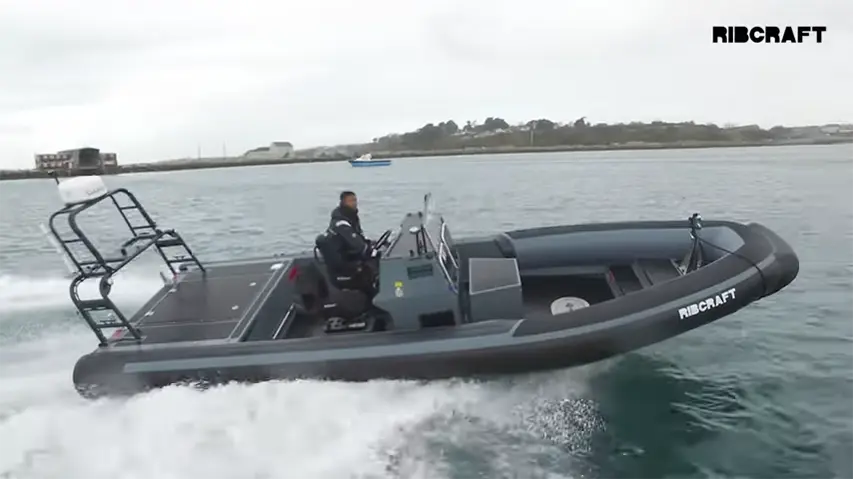SOLAS 565 RIB tested on the Williams’ Test Lake
This video takes you on a guided tour on board the DieselJet SOLAS 565, a high-end super yacht tender.
SOLAS stands for Safety Of Live at SEA. It’s a convention generally regarded as the most important of all international treaties concerning the safety of merchant ships. It showcases in detail all the adjustments needed to be SOLAS-proof.
This jet-driven SOLAS-compliant Rigid Inflatable Boat is a “rebuilt” standard DieselJet 565 tender designed specifically for yachts exceeding 500GT.
The company offers two more Solas RIBS: the 505 and the 625.
I’ve posted more Williams jet tenders videos here on RIBsONLY.com for your information on this brand.
This video was published on the Williams Jet Tenders YouTube channel.
